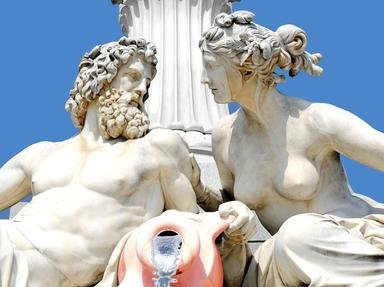Quiz Answer Key and Fun Facts
1. Tlaloc, rain and fertility god to whom children were often sacrificed
2. Oya, goddess of rainstorms, wind, and lightning, also venerated in the syncretic religions of Latin America
3. Raijin, god of storms who produces thunder by beating on his drums
4. Boreas, winged god of the north wind, bringer of winter
5. Hadad, god of rain and storms, often identified with Ba'al
6. Tempestas, goddess of storms and sudden weather
7. Perun, god of thunder, wind and storms, associated with eagles, oaks, and axes
8. Enlil, god of air and wind, who caused the great flood
9. Tefnut, lioness-headed goddess of moisture, dew, and rain
10. Ukko, god of the sky, thunder, and weather in general
Source: Author
LadyNym
This quiz was reviewed by FunTrivia editor
ponycargirl before going online.
Any errors found in FunTrivia content are routinely corrected through our feedback system.
